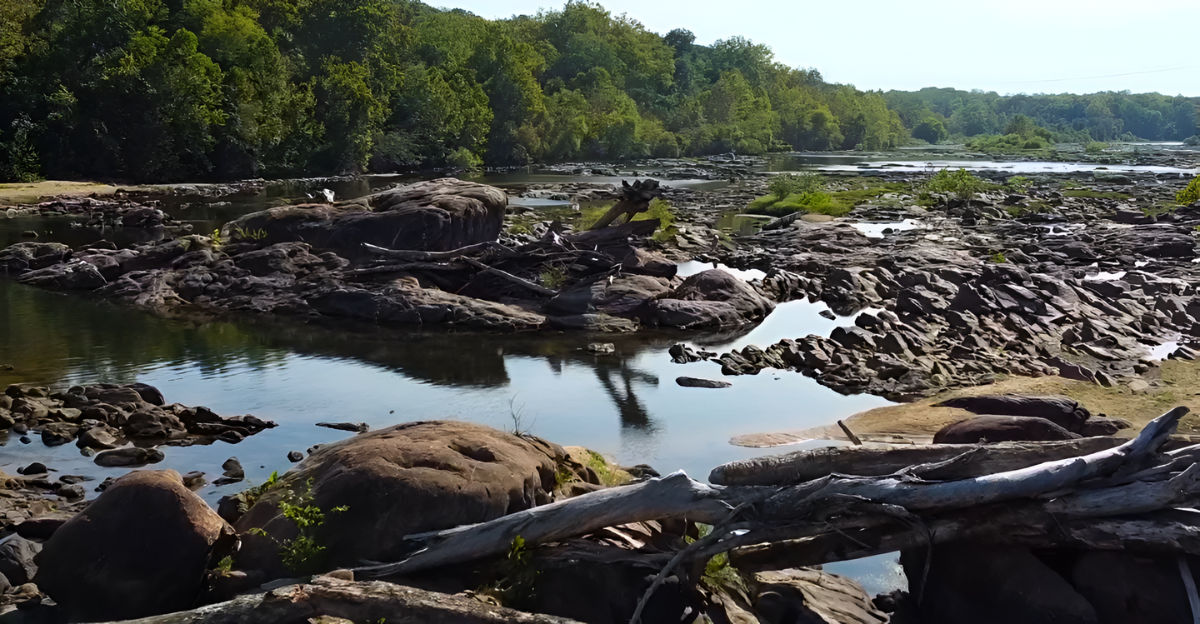
American Rivers, a leading environmental nonprofit, has released its annual “America’s Most Endangered Rivers” report for 2025. The report highlights nine rivers across the country facing critical threats from pollution, climate change, mismanagement, and infrastructure challenges. These rivers play a big role in the environments around them, making their conservation more crucial than ever.
1. Mississippi River
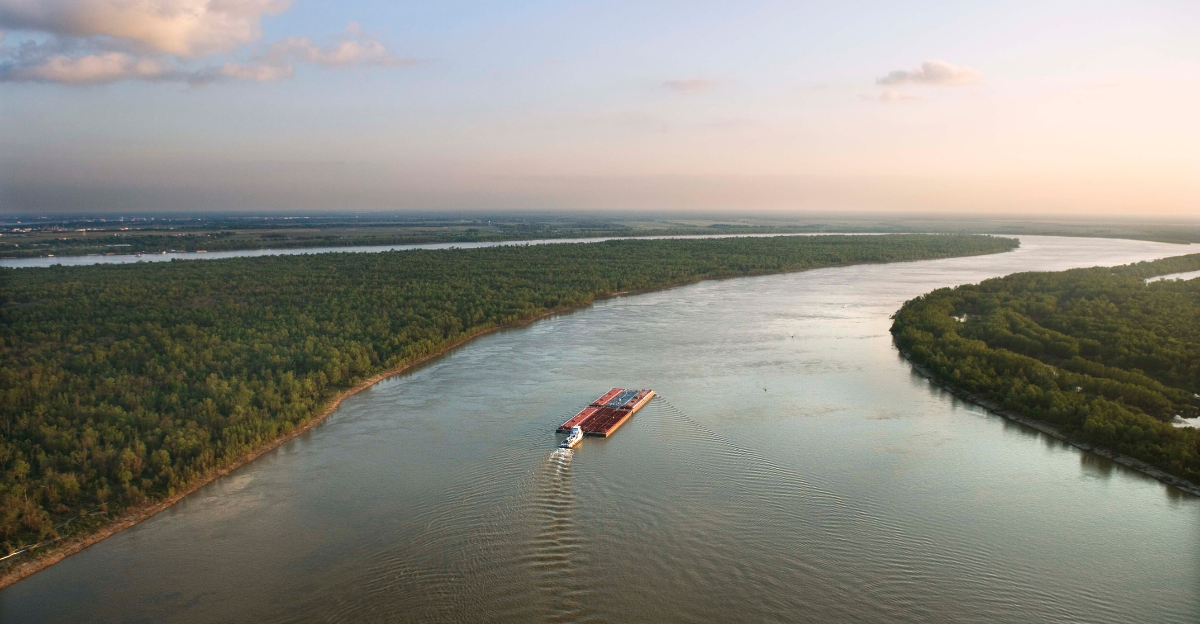
This river is one of the largest rivers in the U.S. and is quite remarkable. Heavy rainfall and snowmelt in the upper Mississippi and Ohio River basins have caused water levels to rise steadily, with the river projected to crest at 49 feet near Vicksburg by late April 2025. This flooding has led to road closures, submerged farmland, and strained levee systems, particularly in unprotected areas along the riverbanks. The U.S. Army Corps of Engineers has taken preventive measures, such as testing the Bonnet Carre Spillway near New Orleans to manage water levels and reduce pressure on levees.
The floodwaters will persist for several weeks, impacting communities, agriculture, and river transportation from the Ohio River confluence to the Gulf of Mexico. While the levees are held in many places, the ongoing high water underscores the river system’s vulnerability to extreme weather events and the pressing need for sustainable flood management strategies.
2. Rio Grande, Texas and New Mexico
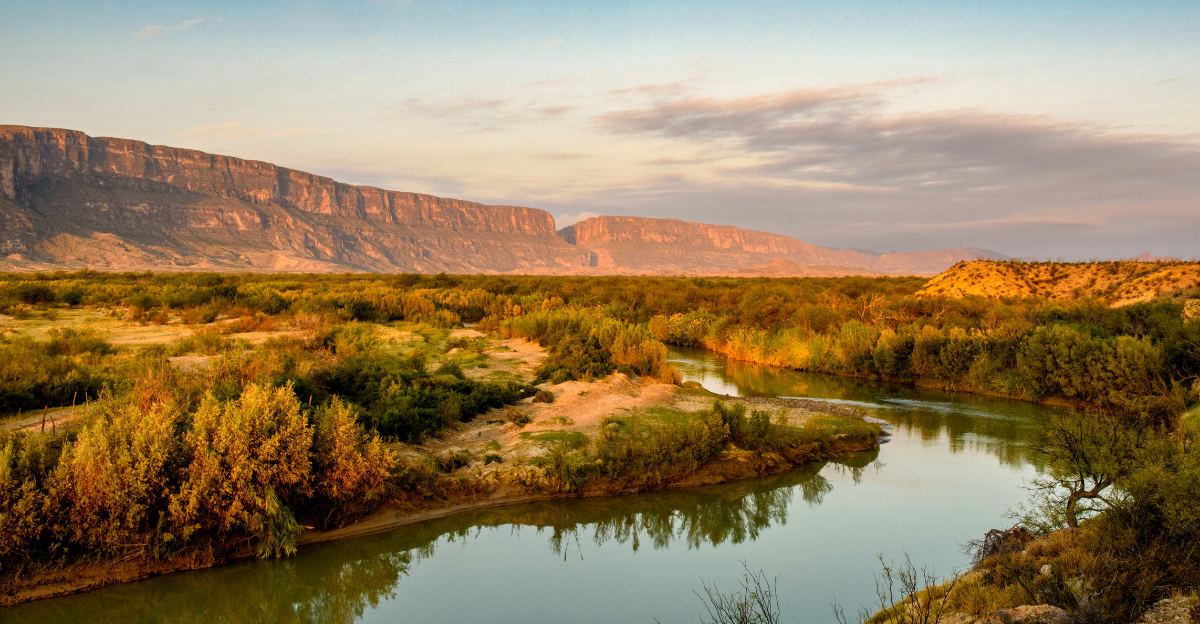
This majestic river flows through Texas and New Mexico. Still, it faces severe threats due to severe drought conditions that drastically reduce water availability and threaten the region’s agricultural and ecological health. Reservoir storage at Elephant Butte sits at a critically low 11.8% capacity, and water downstream of the Caballo Dam has dried up, with flows expected to remain minimal until the late spring or early summer.
This prolonged drought, classified as severe to extreme in many areas, has led to a rough start to the 2025 growing season, severely impacting farmers and ranchers who depend on the river for irrigation.
3. Tijuana River, California
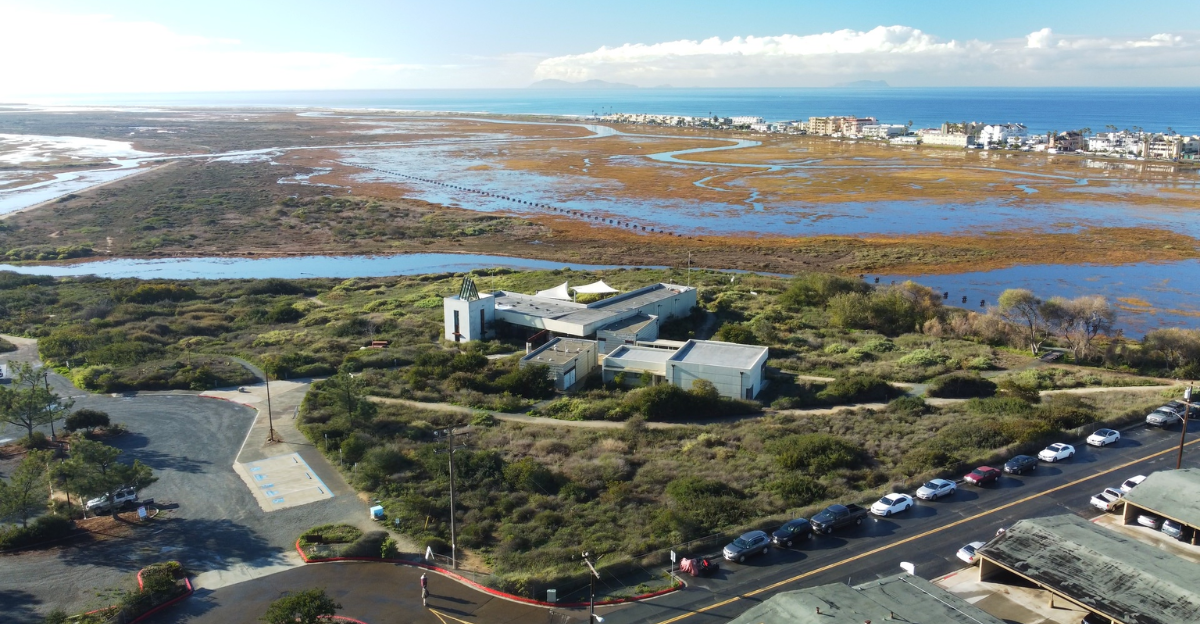
This river has been classified as the second most endangered river in America as of 2025. Severe pollution, primarily from raw sewage and industrial waste flowing from Tijuana, Mexico, has contaminated beaches near the U.S.-Mexico border, leading to frequent closures and creating a public health crisis for communities in San Diego County. The pollution affects water quality and becomes airborne through ocean spray, exposing residents to harmful bacteria and toxic gases like hydrogen sulfide at levels thousands of times above normal urban concentrations.
The situation has caused widespread illness, including among Navy SEALS training in the area, and has severely impacted local ecosystems, tourism, and quality of life. Environmental groups and local officials urgently call for a federal emergency declaration to unlock funding for critical repairs to wastewater treatment infrastructure.
4. Duck River, Tennessee
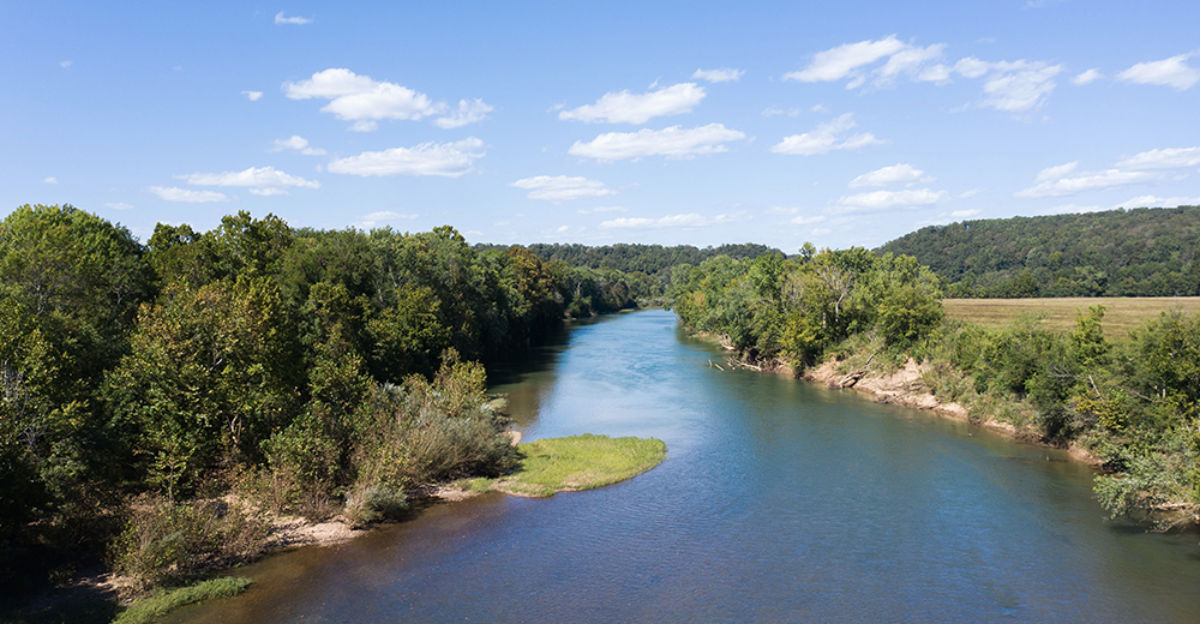
One of the most biodiverse rivers in the world and a vital water source for nearly 250,000 people, the Tennessee River is facing severe threats from excessive water withdrawals driven by rapid population and industrial growth in Middle Tennessee. As water demand outpaces the river’s sustainable supply, overconsumption risks draining the river during low flow and drought periods, endangering its rich aquatic life.
Recent settlements with water utilities have introduced stronger protections, including limits on water loss and updated drought management plans. State efforts led by Governor Bill Lee aim to develop a comprehensive watershed plan to secure the river’s future.
5. Passaic River, New Jersey, and New York
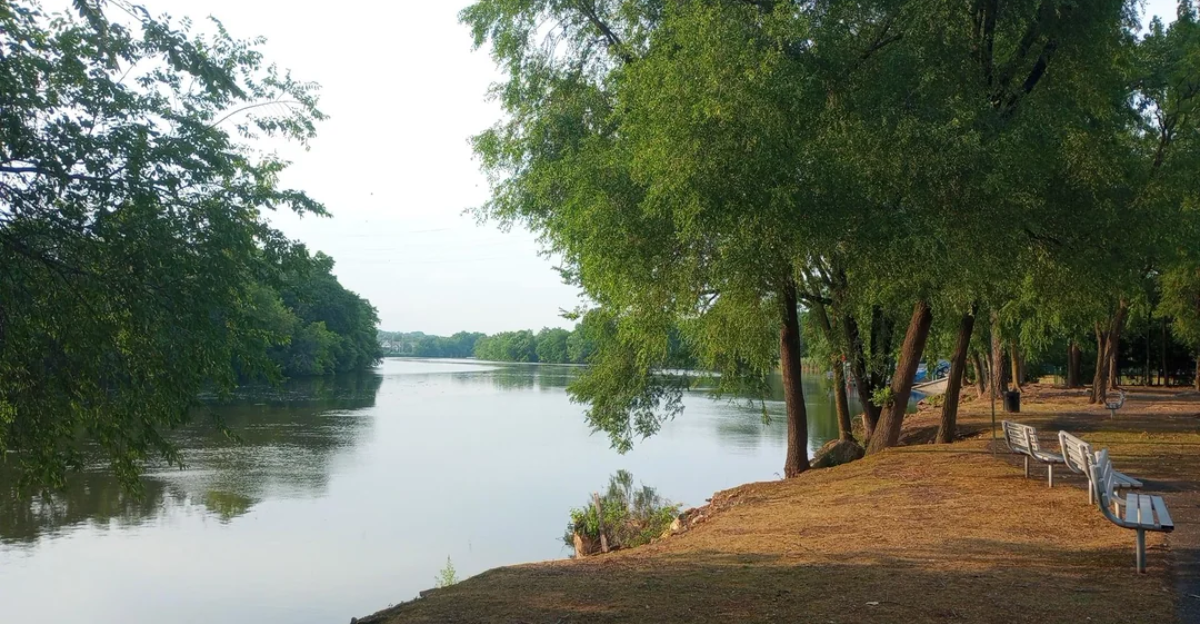
The lower eight miles of the river, stretching from Belleville to Newark Bay, contain heavily contaminated sediments laden with dioxins, PCBs, mercury, lead, and other toxic chemicals. This pollution is primarily from chemical manufacturing, including production linked to Agent Orange during the Vietnam War. It poses serious health risks to people consuming fish and shellfish from the river and threatens local wildlife.
Despite ongoing cleanup efforts led by the EPA and a coalition of responsible companies, the estimated $1.8 billion remediation project involves dredging millions of cubic yards of toxic sediment and capping the riverbed to contain remaining contaminants.
6. Rivers of Southern Appalachia
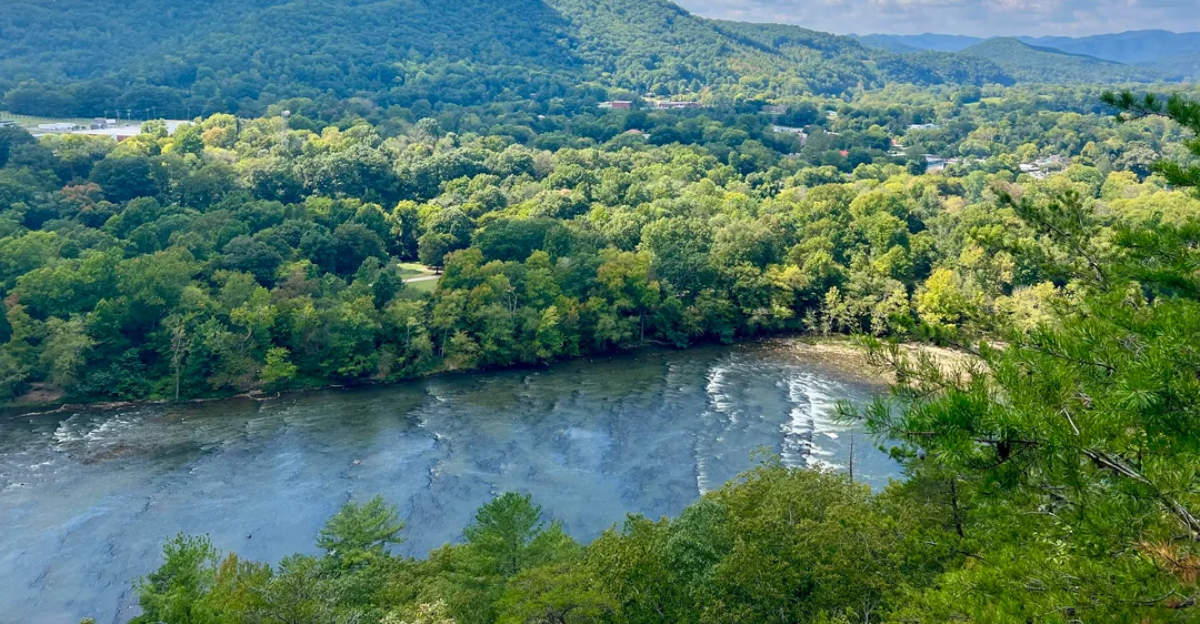
The Rivers of Southern Appalachia, including the Nolichucky, Pigeon, Watauga, New, and Catawba Rivers, rank third on the 2025 Most Endangered Rivers list due to the catastrophic impact of Hurricane Helene. The storm brought record rainfall and historic flooding that devastated the region’s waterways, damaging or destroying at least 44 dams, disrupting drinking water and wastewater infrastructure, and severely harming fish and wildlife habitats.
Recovery efforts funded through federal relief have begun, but sustained investment and dam removals are essential to restore these rivers, protect communities, and prepare the region for increasingly extreme weather events.
7. Rappahannock River, Virginia
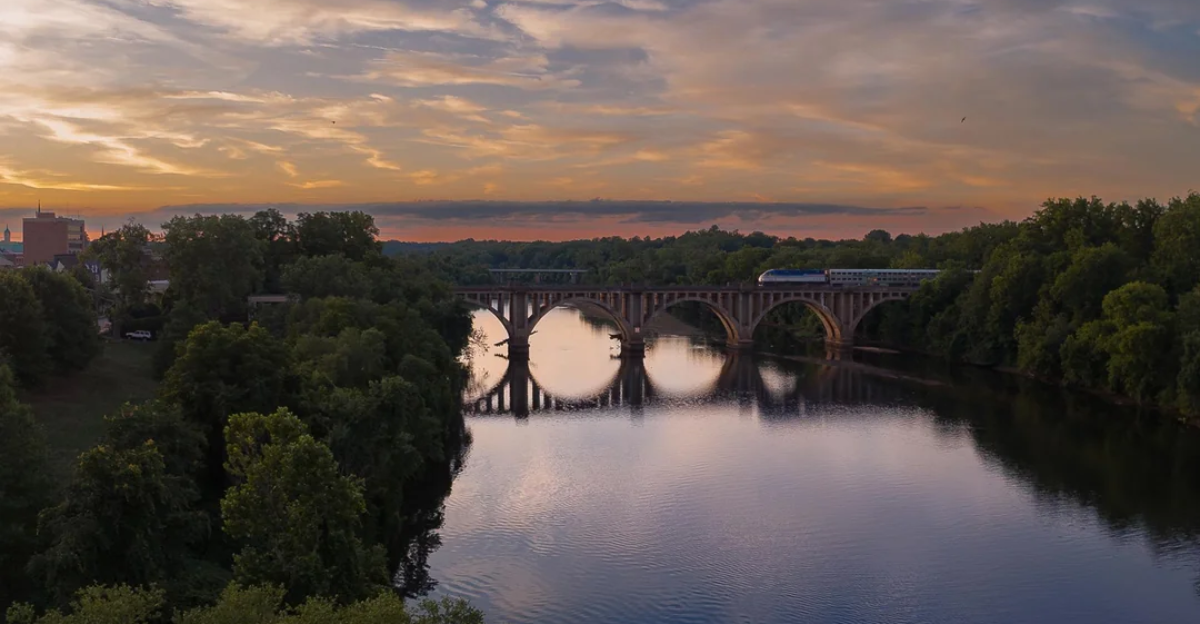
This remarkable river stretches over 195 miles from the Blue Ridge Mountains to the Chesapeake Bay and faces critical threats from declining groundwater levels, rising water demand, and a lack of coordinated water supply planning. Rapid population growth and expanding industries, including data centers, are putting increasing strain on the river’s resources, risking the depletion of flows that sustain drinking water, agriculture, fisheries, and diverse wildlife habitats.
Environmental groups, local tribes, and lawmakers are urging Virginia officials to implement comprehensive, science-based water management strategies to protect the river’s health and ensure it can continue supporting people and nature for future generations.
8. Calcasieu River
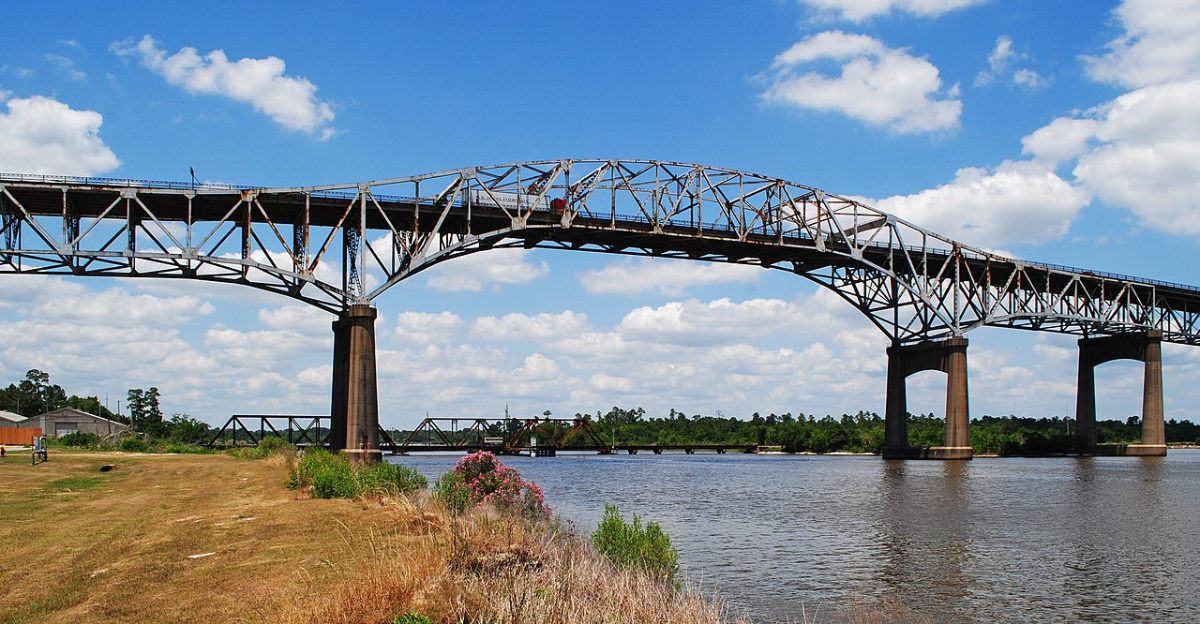
This river needs conservation due to severe and ongoing pollution from numerous industrial facilities, many of which have repeatedly violated federal environmental regulations. The river is contaminated by toxic discharges from chemical plants, plastics manufacturers, and refineries, resulting in elevated levels of mercury, PCBs, and other carcinogens that threaten public health and wildlife.
Despite its ecological and economic importance as a nursery for fish and a cornerstone of Louisiana’s seafood industry, the river suffers from outdated pollution standards that fail to regulate many toxic pollutants.
9. Clearwater River Basin
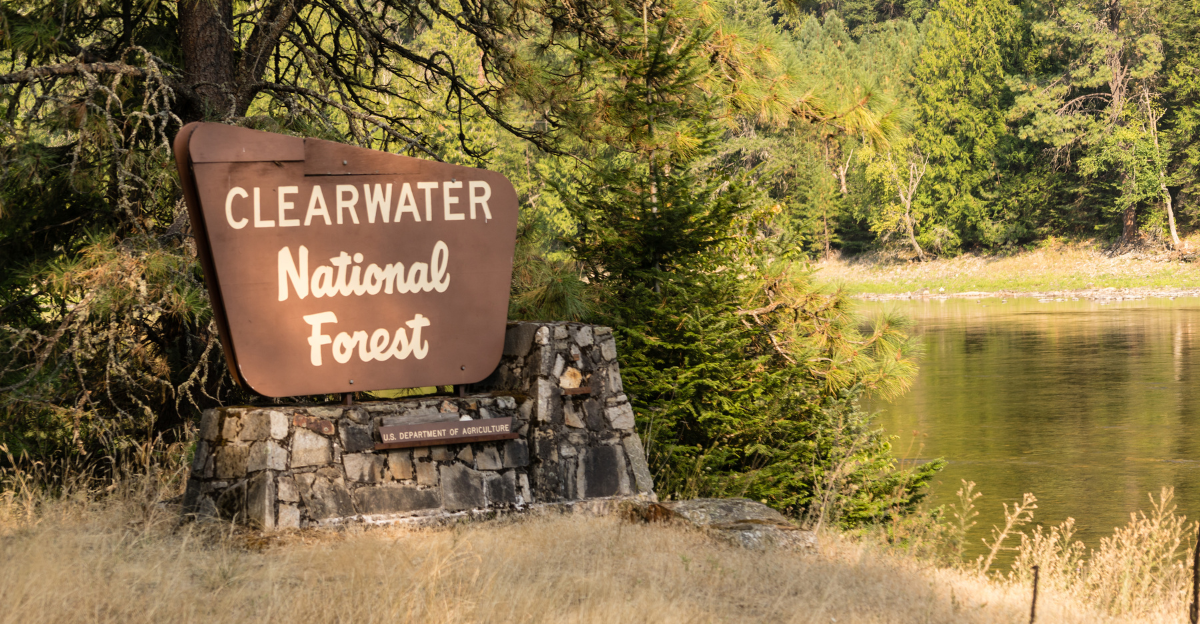
This river is well recognized for its critical habitat for native fish species, including Chinook salmon, steelhead, and bull trout. Despite its ecological importance and the significant restoration efforts by the Nez Perce Tribe, the basin faces mounting threats from commercial logging, dredge mining, and dam construction.
The potential relaxation of land management restrictions in the Nez Perce-Clearwater National Forest could exacerbate these impacts, making it imperative to balance economic interests with the protection of the basin’s clean water and biodiversity.
Explore more of our trending stories and hit Follow to keep them coming to your feed!

Don’t miss out on more stories like this! Hit the Follow button at the top of this article to stay updated with the latest news. Share your thoughts in the comments—we’d love to hear from you!







